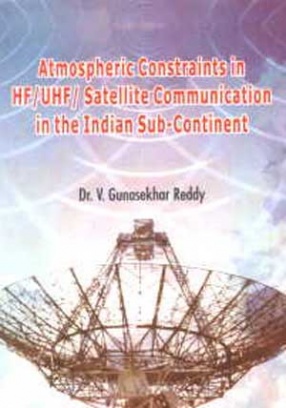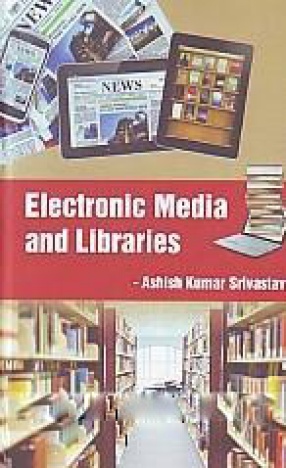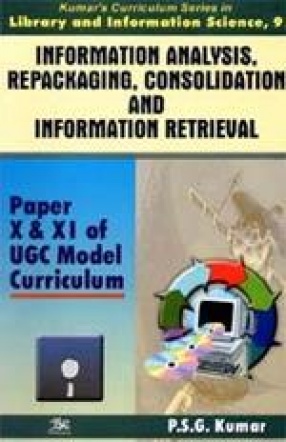The growing demand for new services and for higher data rates in existing services, and the convergence of communications and computing networks are placing unprecedented demand on the use of Radio frequencies. The current surge of new techniques and systems being applied to telecommunications requires new radio propagation information, especially for Satellite-to-Earth paths. Short range propagation within buildings, long range propagations into buildings and vehicles, and the influence of climate and ionospheric parameters on propagation modeling in general. These and other issues are of interest to URSI (International Union of Radio Service) and of concern to the ITU-R. Studies carried out in tropical countries assume great significance and not much input is provided from these countries to ITU-R.
The tropospheric environment is highly dynamic in tropical countries and is very often dominated by frequent occurrences of sub-refraction, super refraction and ducting due to high humidity and high temperature. It is well known that at low temperatures the variation in refractive index is very little for whole range of humidity values from zero to saturation, in contrast to great variations in the refractive index values at higher temperatures for similar changes in humidity. From this respect one cannot adopt the results for high altitude countries, where significant work might have been made on Radio Wave Propagation, to the tropical countries. Detailed measurements will alone provide information about the deviations in results from ITU-R as ITU-R models in general adopt the results from extra tropical countries.
In this book titled Studies on the atmospheric constraints in HF/UHF/Satellite communications in the Indian sub-continent are presented. Studies include HF Fading, Atmospheric radio noise measurements, tropospheric scintillations, water vapor absorption and rain attenuation in relation to several communications networks including those operated by Government Organisations in India. For HF Networks, the field strength variation, the reliability of the link and atmospheric radio noise are important. For satellite communication links, it is very important to predict the atmospheric effects on KU- and Ka Band to ensure the level of service availability in these frequency bands. Propagation impairments affecting Ka-band satellite links included troposphere scintillation, gaseous absorption, cloud attenuation and rain attenuation.





There are no reviews yet.